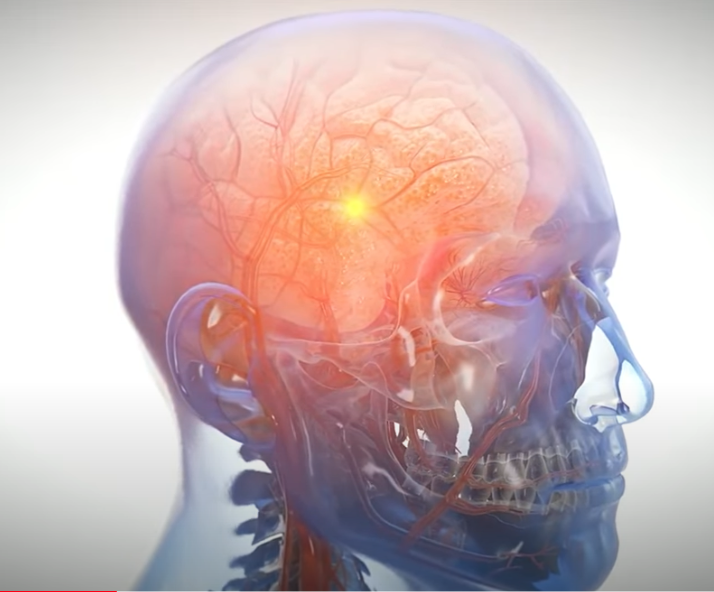[profileleft] [/profileleft]There are certain mistakes that motorists make more often than others. Most people who drive regularly are somewhat accustomed to seeing others make improper lane changes, fail to stop for red lights and the like. One thing that almost no one is used to seeing and reacting to is a wrong-way driver. Anyone who has ever been in this position understands that it’s shocking to the point where an instinctive response is not available. Unfortunately, a wrong-way crash near the Coronado Bridge earlier this week resulted in three injuries. The driver suspected of causing the accident was arrested on suspicion of DUI. As you’ll see below, alcohol is often a factor in these collisions. They also happen more frequently than many people would guess, which is why the San Diego car accident lawyers at Gomez Trial Attorneys want to provide as much information as possible with regards to these crashes.
[/profileleft]There are certain mistakes that motorists make more often than others. Most people who drive regularly are somewhat accustomed to seeing others make improper lane changes, fail to stop for red lights and the like. One thing that almost no one is used to seeing and reacting to is a wrong-way driver. Anyone who has ever been in this position understands that it’s shocking to the point where an instinctive response is not available. Unfortunately, a wrong-way crash near the Coronado Bridge earlier this week resulted in three injuries. The driver suspected of causing the accident was arrested on suspicion of DUI. As you’ll see below, alcohol is often a factor in these collisions. They also happen more frequently than many people would guess, which is why the San Diego car accident lawyers at Gomez Trial Attorneys want to provide as much information as possible with regards to these crashes.
About the Coronado Bridge Wrong-Way Crash
Fox 5 San Diego published a report on the accident. Those interested in reviewing it can find it here. According to the report, the wrong-way crash occurred shortly after 4 a.m. on Monday. A 24-year-old female was driving her Ford Fusion in an eastbound direction in the westbound lanes near the toll plaza on the Coronado side of the bridge. At that point, she collided with two vehicles, including a Ford F-150 pickup truck and a Dodge Ram. The 27-year-old male who was driving the Dodge suffered minor injuries. A 49-year-old woman who was driving the Ford F-150 suffered what were described as major injuries. Both were transported to a nearby hospital. The driver of the Ford Fusion was also injured and taken to the hospital.
[profileleft][/profileleft]
Wrong-Way Crash Statistics
First and foremost, we’d like to extend our thoughts and well wishes to the people who were injured in this wrong-way crash. It’s fortunate that no one was killed, and we hope that everyone is able to make fast and full recoveries. Secondly, we hope that the DUI investigation comes to a just conclusion. Unfortunately, this incident will only add to the statistics that relate to wrong-way crashes. The federal government has studied this problem to an extent.
According to the National Transportation Safety Board, or NTSB, approximately 260 wrong-way crashes occur in the United States every year, resulting in 360 deaths. As such, nearly one person is killed every day in these types of collisions. The NTSB tracked wrong-way crash data from 2004 through 2009. Below is what the agency found:
| Year | All Fatal Crashes | Fatal Crashes on Divided Highways | Wrong-Way Fatal Crashes on Divided Highways | Wrong-Way Fatal Crashes as Percentage of Fatal Crashes on Divided Highways | Wrong-Way Crash Fatalities |
| 2004 | 38,444 | 9,915 | 279 | 2.81% | 393 |
| 2005 | 39,252 | 10,262 | 247 | 2.41% | 328 |
| 2006 | 38,648 | 10,085 | 268 | 2.66% | 369 |
| 2007 | 37,435 | 9,612 | 266 | 2.77% | 370 |
| 2008 | 34,172 | 8,752 | 263 | 3.01% | 357 |
| 2009 | 30,862 | 7,729 | 243 | 3.14% | 322 |
| Total | 218,813 | 54,789 | 1,566 | 2.86% | 2,139 |
| Mean | 36,469 | 9,393 | 261 | 2.80% | 357 |
As can be seen, the numbers regarding wrong-way crashes remained relatively consistent throughout the years that the NTSB analyzed.
Wrong-Way Crashes and Alcohol
As stated above, the woman who allegedly caused the wrong-way crash near the Coronado Bridge was arrested on suspicion of DUI after the accident. The presence of alcohol is common in these accidents, and that’s supported by available data. Of the 1,566 wrong-way drivers from the table above, the NTSB found that 936 of them had some type of alcohol in their systems according to the reports they reviewed. That equates to nearly 70 percent of all of the crashes studied. That also represents more than 10 times the rate of alcohol presence in wrong-way drivers as the right-way drivers who were involved in these collisions.
The NTSB also found the following in terms of the amount of alcohol in the systems of the wrong-way drivers:
- No alcohol present – 29 percent of drivers
- Blood Alcohol Content (BAC) of less than 0.08 – 2 percent of drivers
- BAC of 0.08 – 0.14 – 10 percent of drivers
- BAC of greater than 0.15 – 59 percent of drivers
Wrong-Way Crashes: How and When
Last year, the National Academies of Science, Engineering and Medicine put on a webinar that dealt specifically with the wrong-way crash. Those interested in reading the literature that accompanied that webinar can find it here. The information was clear in that the primary cause of wrong-way crashes is drivers entering the wrong way at an exit ramp. This obviously sends the motorist onto a highway or main road in the wrong direction.
The presentation also looked at when these crashes occurred and presented the following data:
- 22 percent of wrong-way crashes occurred between 6 a.m. and 6 p.m.
- 12 percent of wrong-way crashes occurred between 6 p.m. and 9 p.m.
- 18 percent of wrong-way crashes occurred between 9 p.m. and midnight.
- 31 percent of wrong-way crashes occurred between midnight and 3 a.m.
- 17 percent of wrong-way crashes occurred between 3 a.m. and 6 a.m.
- Approximately 57 percent of wrong-way crashes occurred on the weekends.
Nearly half of all fatal wrong-way crashes occur between the hours of 9 p.m. and 3 a.m. In addition, the majority of them occur on the weekends. This seems to couple with the statistics relating to the wrong-way crash and alcohol.
How San Diego Personal Injury Lawyers Can Help
Based on the news report from above, it seems clear that the female suspect who allegedly caused the Coronado Bridge wrong-way crash will face some form of criminal prosecution. People who cause car accidents, whether they face potential criminal penalties or not, can also face civil liability. That’s because people who are wrongfully injured do have the right to file lawsuits in order to recover for their losses. However, this is a step that should only be taken with the help of San Diego personal injury lawyers who understand how to hold those responsible for this type of harm properly accountable. If you face this difficult situation, contact Gomez Trial Attorneys as soon as possible for a free case evaluation.







